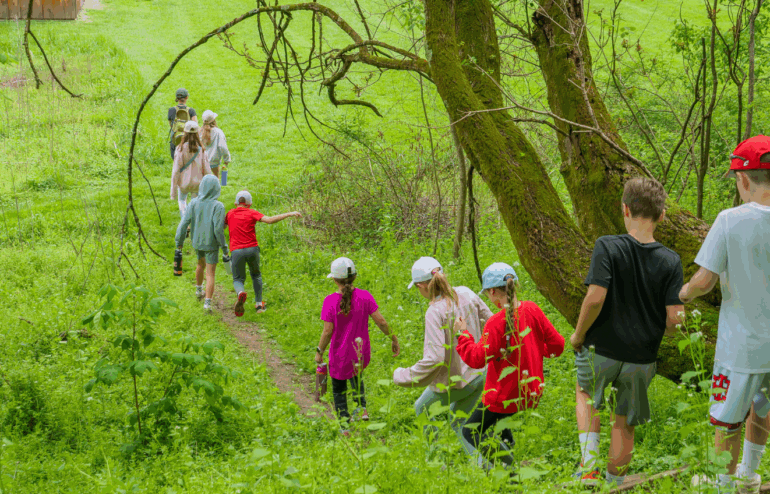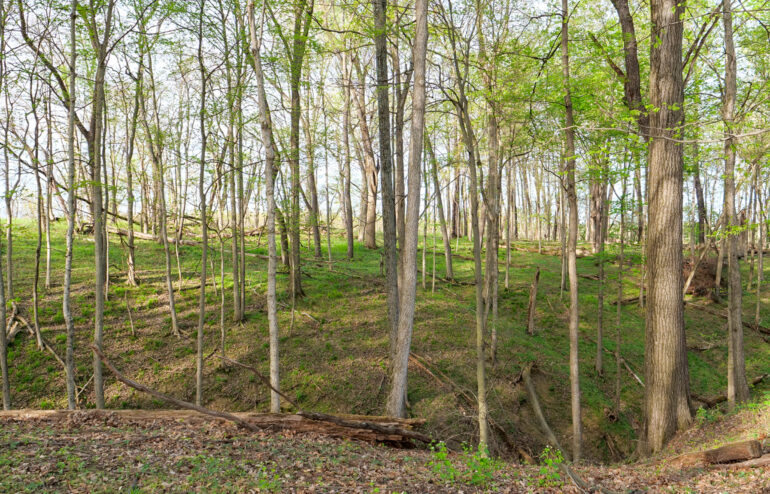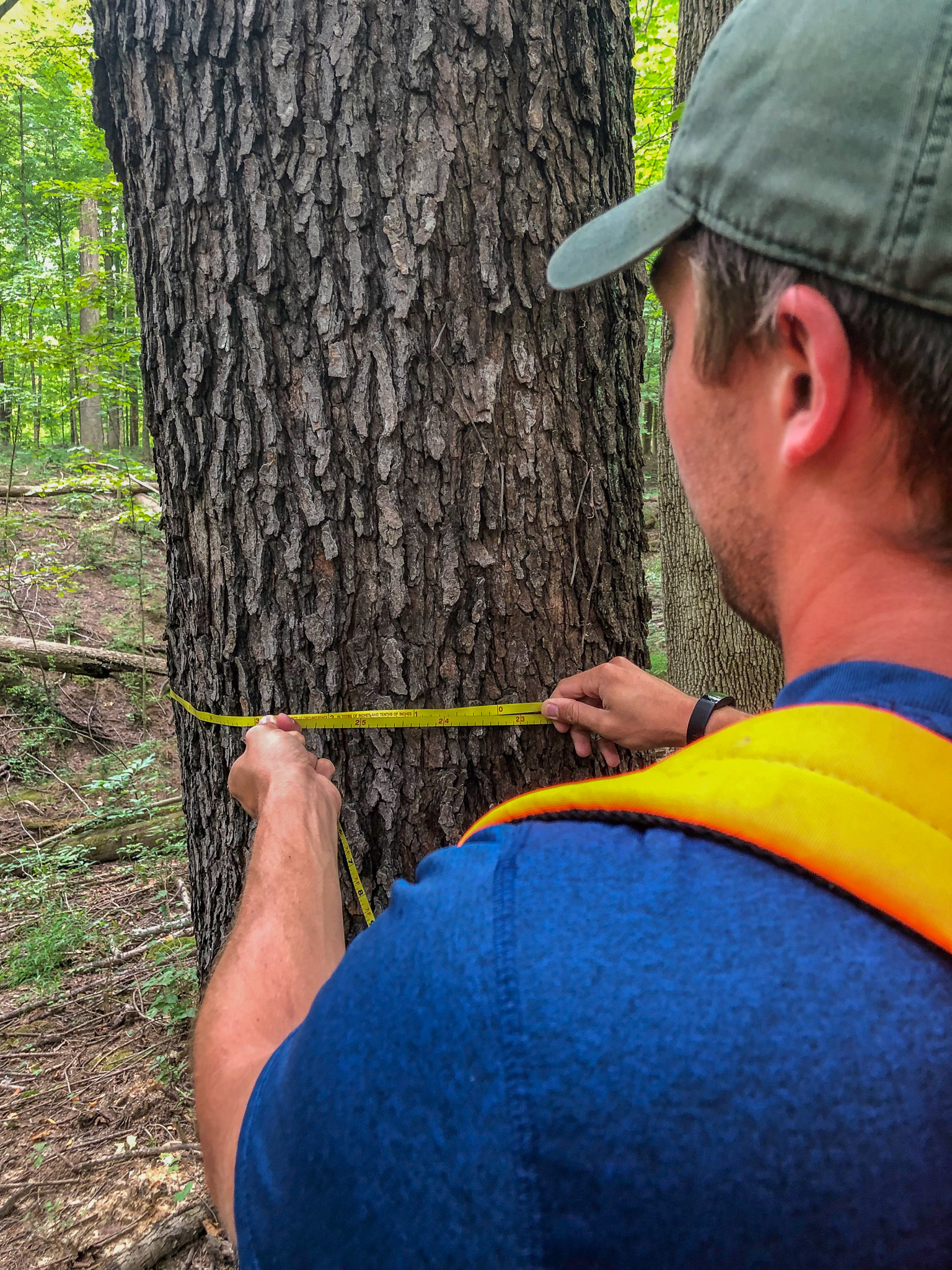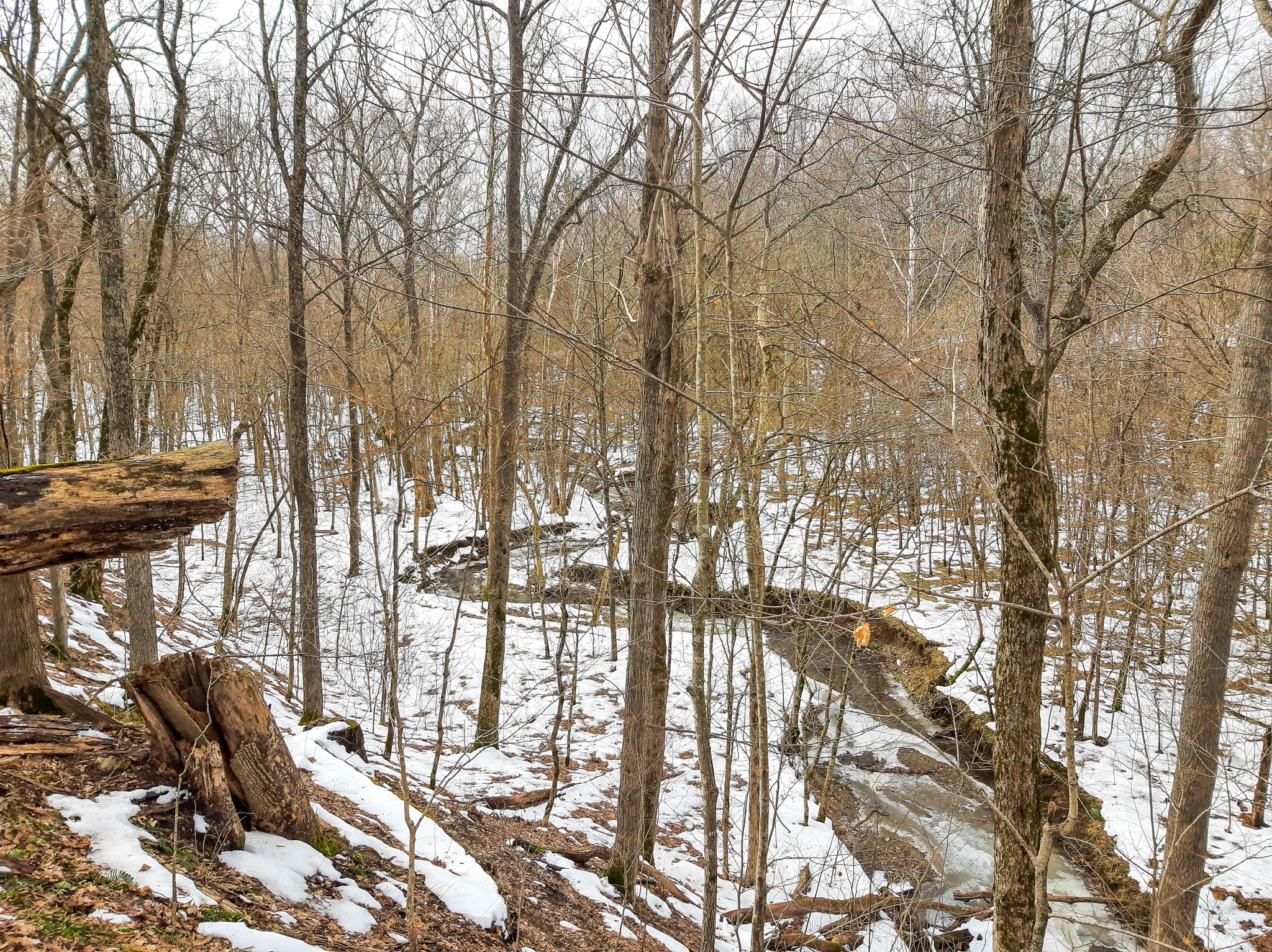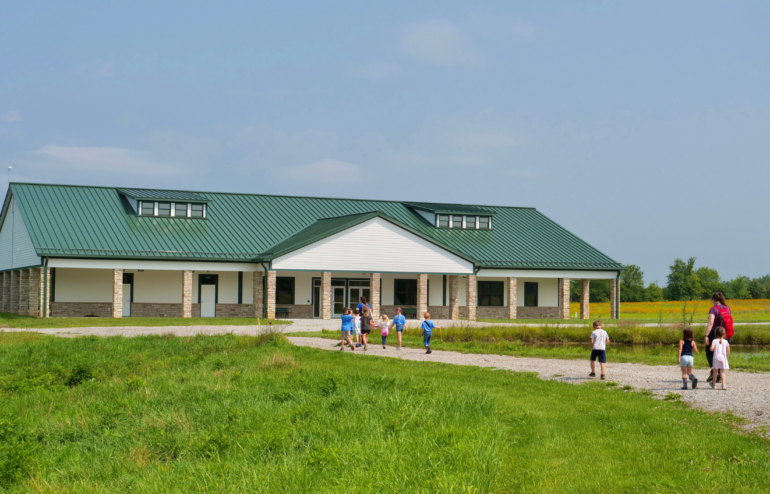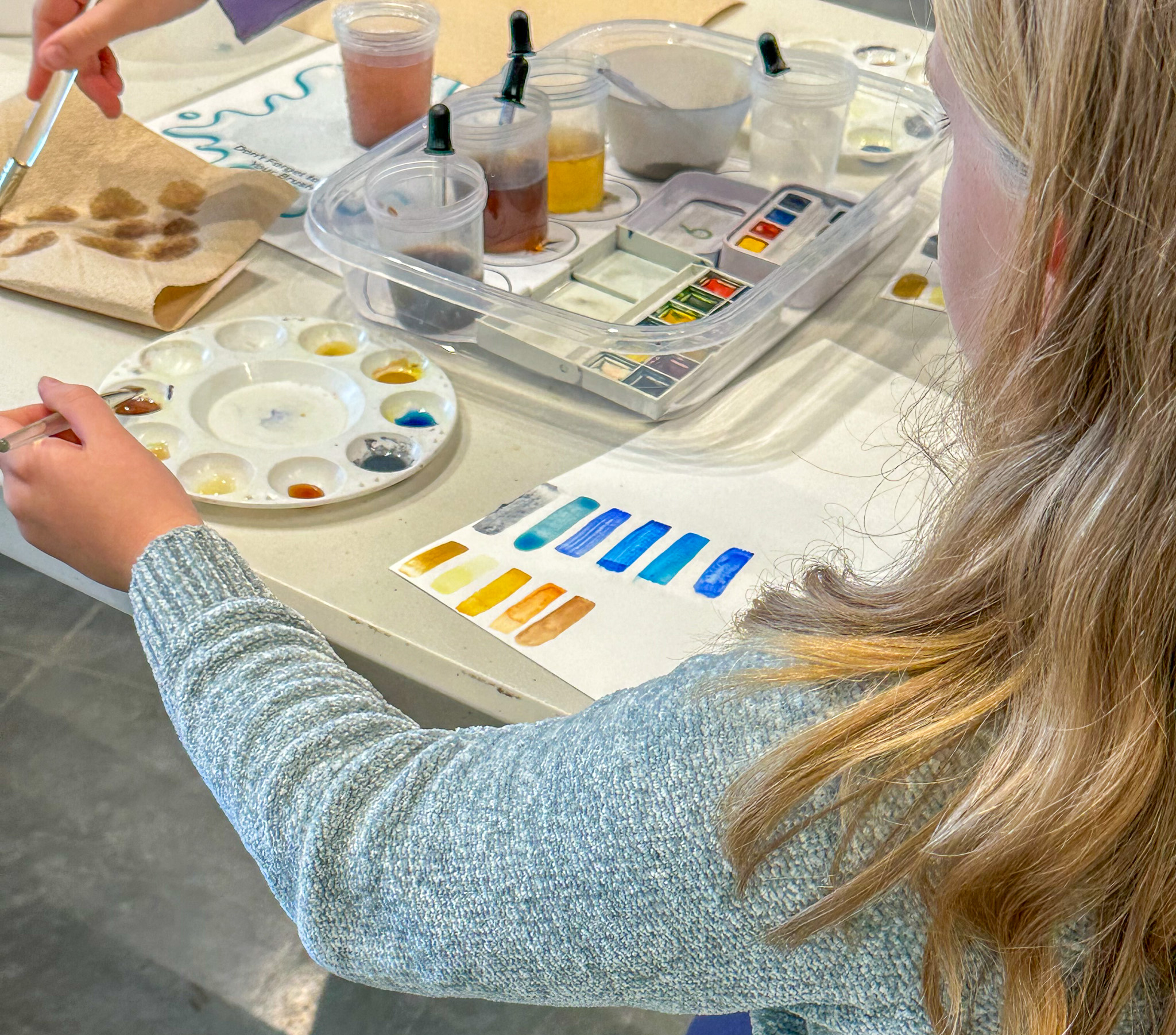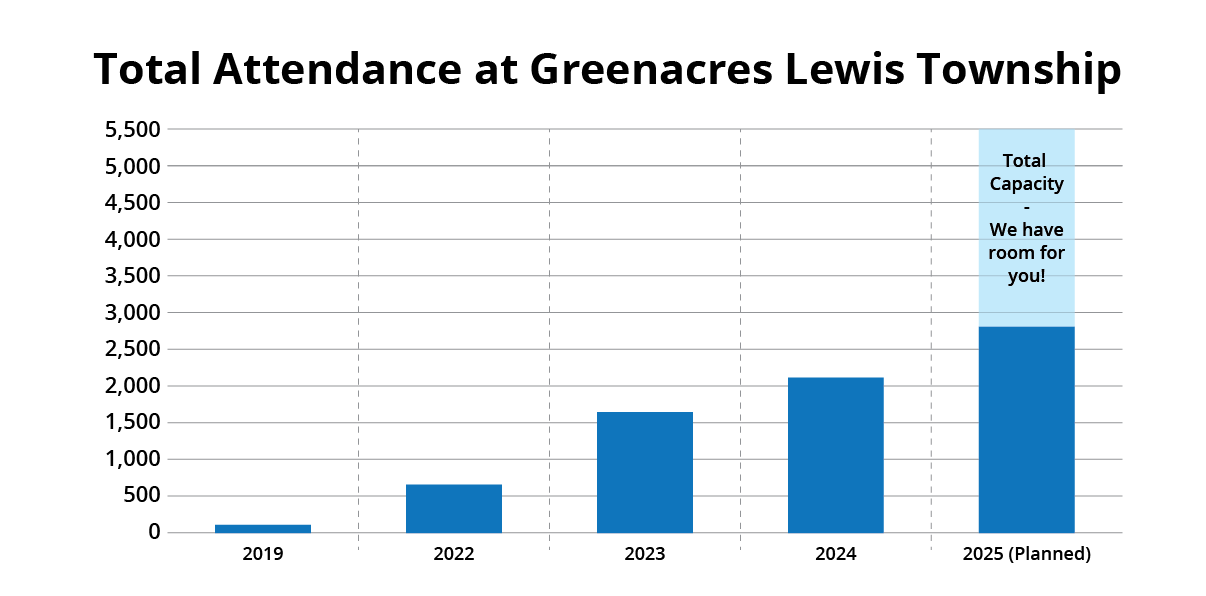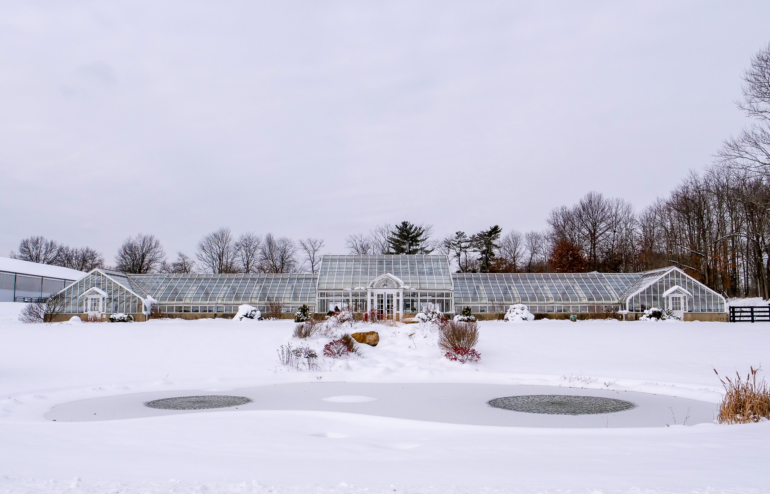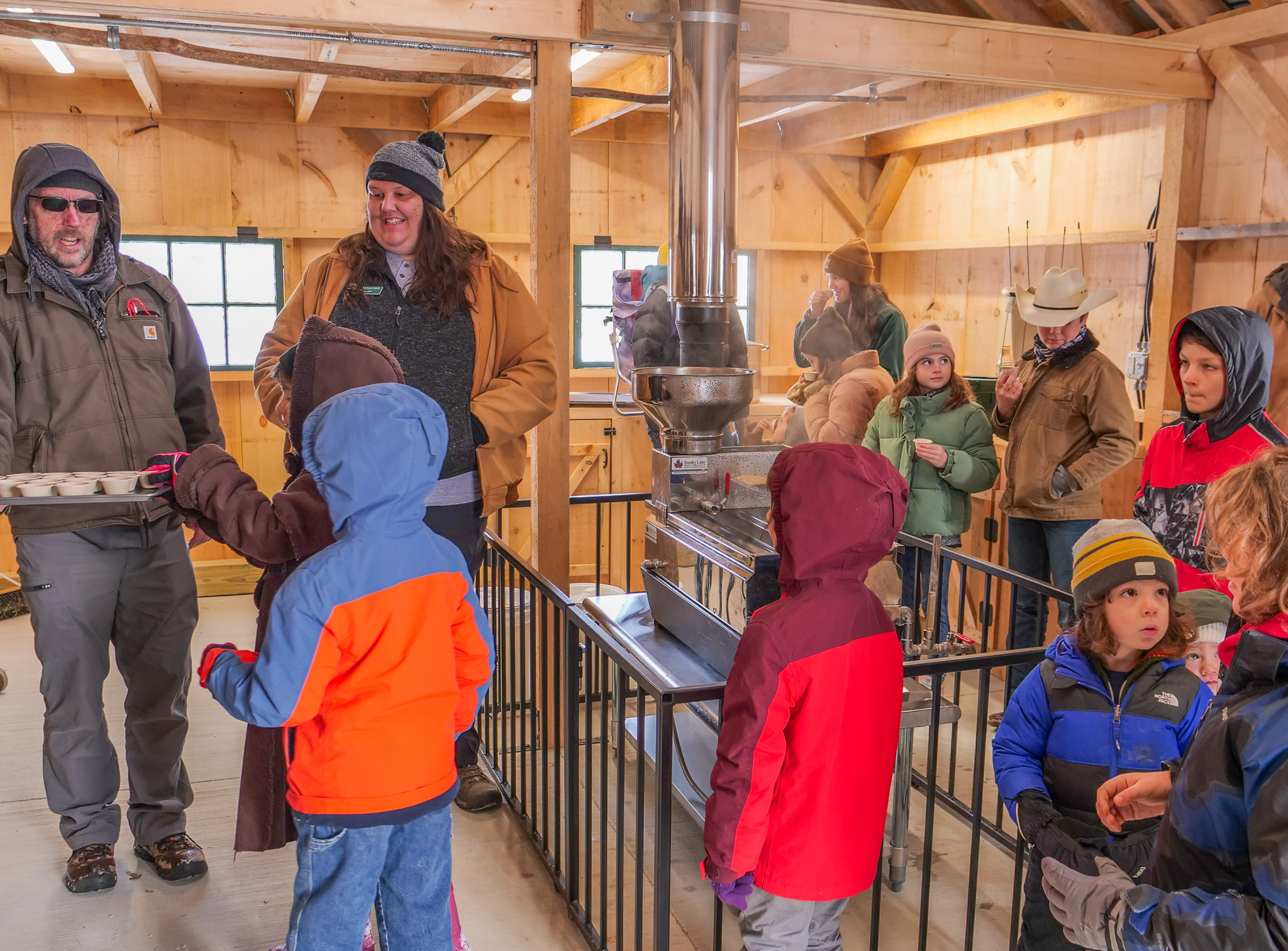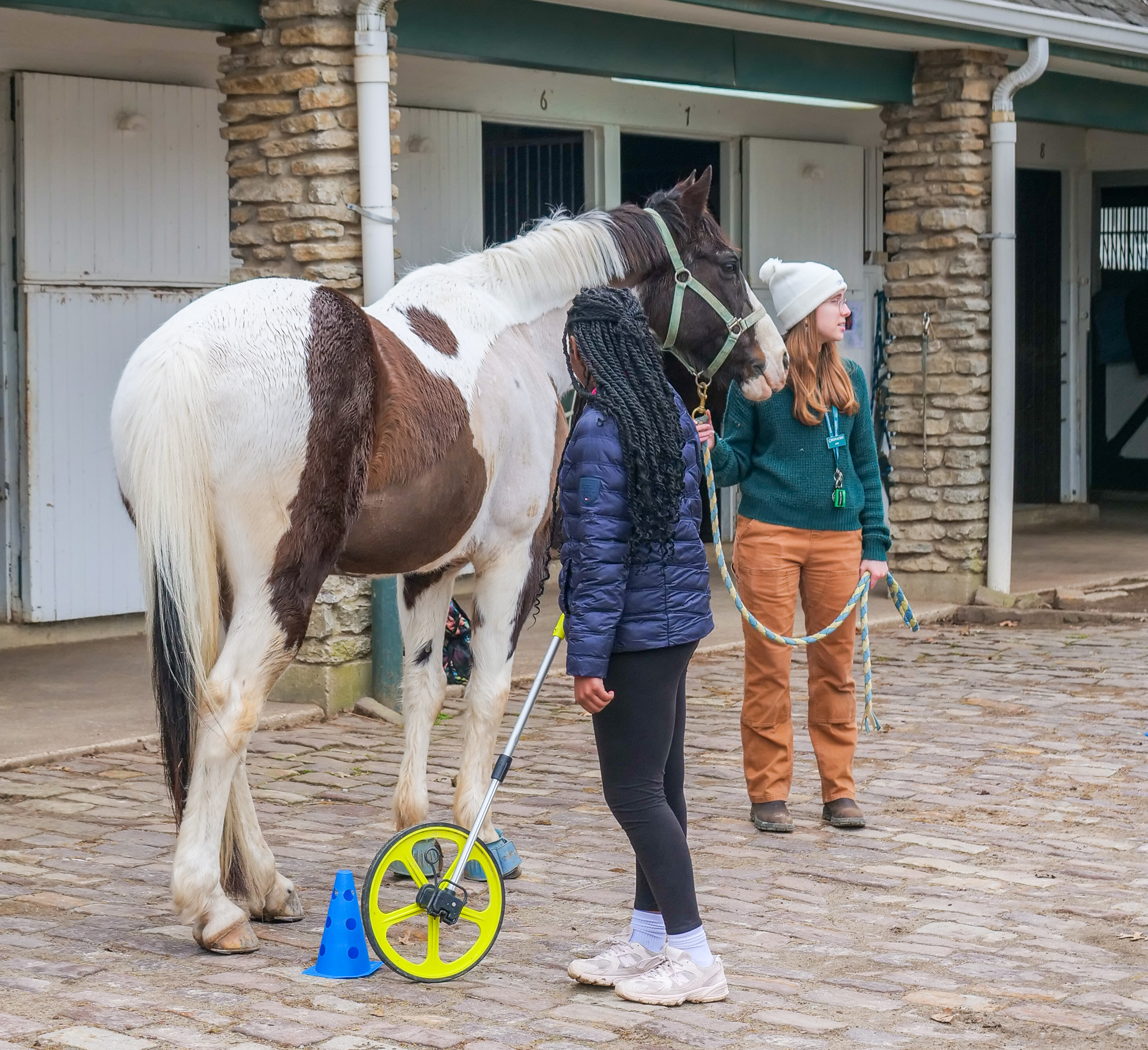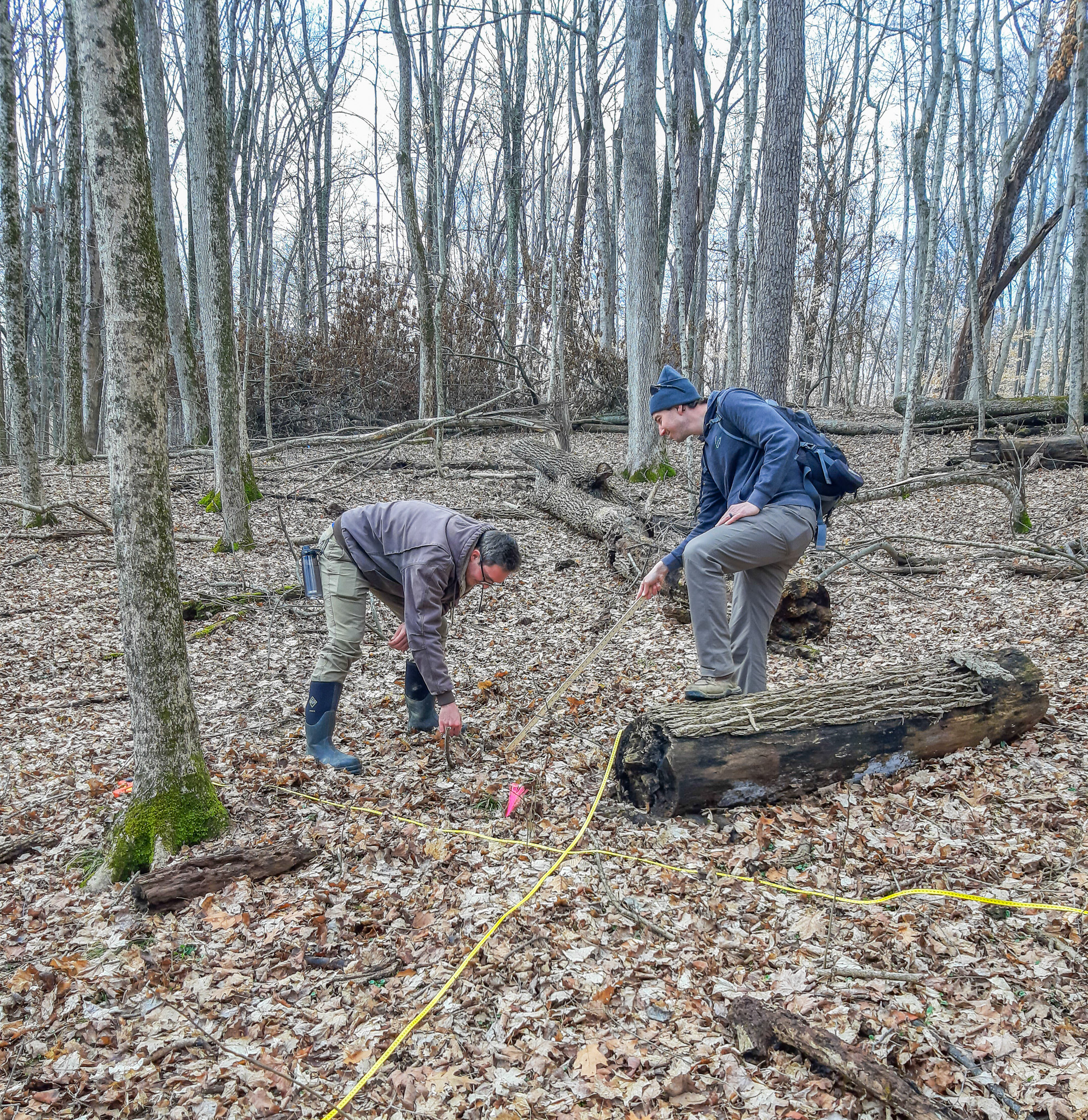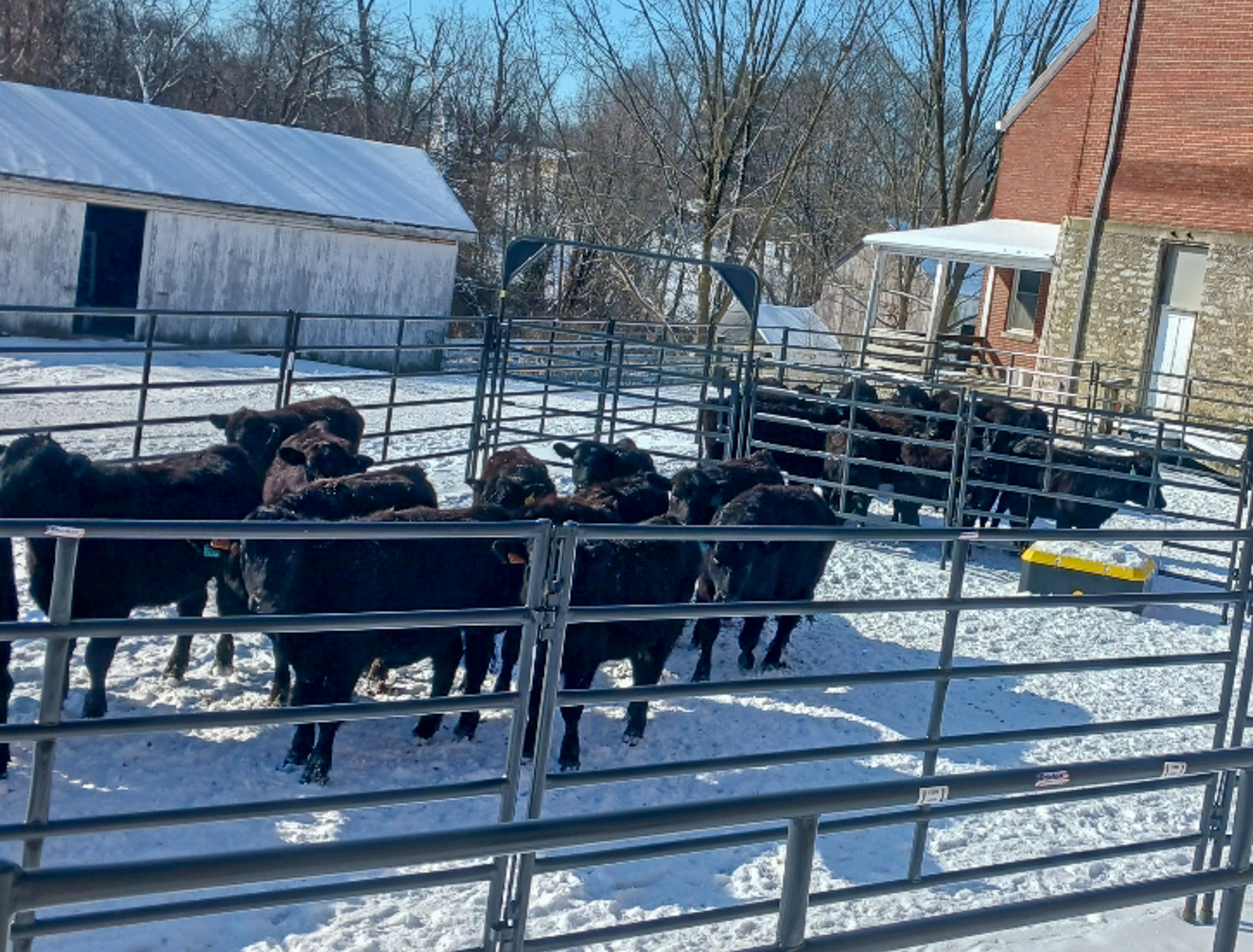
From Cincinnati to Classrooms Nationwide: EcoVillage STEM Program Inspires Students to Build Their Own Communities
Indian Hill, OH – Greenacres Foundation, JASON Learning, and Indian Hill Exempted Village School District are proud to announce the national digital launch of EcoVillage, a free, hands-on STEM curriculum available to educators nationwide through JASON Learning’s digital platform on June 30, 2025.
What started as a community favorite in-person field trip at Greenacres Foundation has now evolved into a dynamic, nationally accessible program that empowers educators to bring hands-on, project-based learning to life in their own classrooms. Designed for grades 3–5, EcoVillage provides the tools and guidance for teachers to help students imagine, design, and build sustainable communities.
Expanding a Beloved Field Trip into a National Learning Experience
For more than 35 years, Greenacres Foundation has delivered immersive, place-based education through hands-on experiences on the farm, in the arts, and in natural spaces. EcoVillage grew out of this mission, originally as an in-person field trip designed to help students explore the connection between community, economy, and environment.
Now, through a partnership with JASON Learning, a nonprofit that provides high-quality, STEM-focused curricula and learning experiences, EcoVillage is available as a free digital resource that helps educators bring this experience to life in their own classrooms. Supported by JASON’s innovative STEM platform, the curriculum equips teachers to guide students through designing their own sustainable communities, encouraging them to think like civic leaders, entrepreneurs, and environmental stewards.
What is EcoVillage?
EcoVillage is an interactive, project-based STEM curriculum for grades 3–5 that blends environmental science, social studies, and design thinking. With a focus on outdoor exploration and collaborative problem-solving, students learn by doing; building critical thinking, teamwork, and leadership skills in a real-world context.
The program includes three hands-on missions:
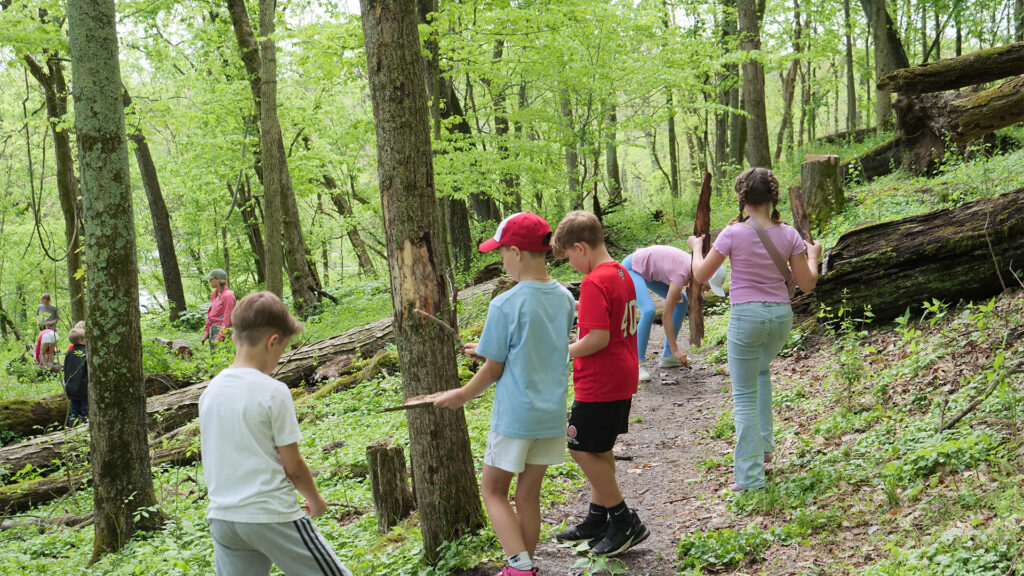
Community Rooted in Imagination
Students explore natural resources, goods and services, and the identity of a community through scavenger hunts, mapping exercises, and discussions.
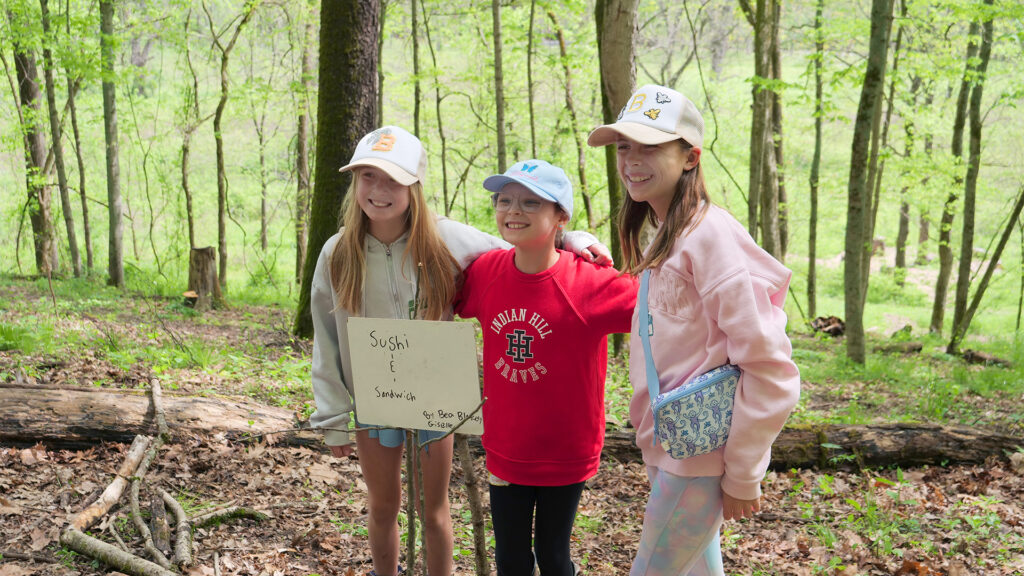
Grow Your Budding Community
Students learn about local government, vote on laws, develop business and marketing plans, and practice civic engagement.
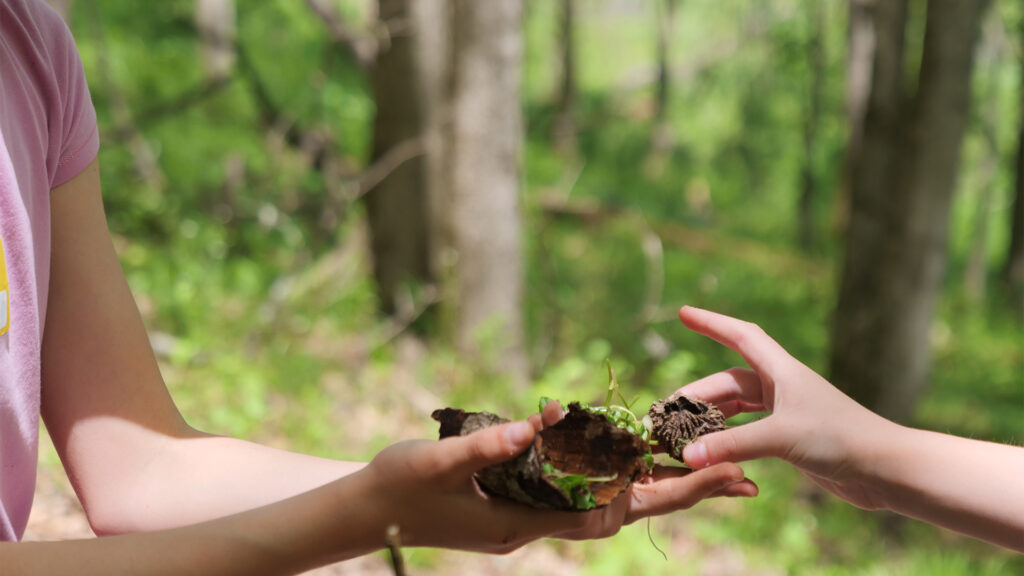
Nurture Your Blossoming Community
Students prepare for a “grand opening” that showcases their community’s systems, businesses, and culture. Through feedback and reflection, they explore what worked, what didn’t, and how real-world communities evolve.
Through these experiences, students build critical thinking, teamwork, and problem-solving skills in a real-world context.
Mary Gordon, Site Supervisor, Education Program Coordinator and EcoVillage Creator at Greenacres Foundation, said:
“Developing this program began when my sister and I observed our students interact by exchanging goods and services using natural objects. From there, we realized we could turn this natural behavior into a whole curriculum for students to learn, lead, and grow.”
A Shared Commitment to Accessible, High-Quality Learning
EcoVillage is hosted free of charge on JASON Learning’s platform, complete with digital materials, printable resources, and optional professional development for educators.
Dr. Eleanor Smalley, President and CEO of JASON Learning, added:
“We’re proud to partner with Greenacres Foundation and Indian Hill School District to deliver an interdisciplinary STEM curriculum that inspires students’ love of nature and nurtures their leadership skills as they design sustainable communities and businesses.”

A Local Pilot with National Impact
Indian Hill Exempted Village School District played a key role in piloting the digital version of EcoVillage. The district integrated the program into its curriculum as part of its #IHPromise initiative—committed to developing leadership, curiosity, and critical thinking in every student.
Scott Wingate, Chief Program Officer at Greenacres Foundation, emphasized:
“At Greenacres, classroom concepts come to life when we combine hands-on, authentic experiences with our innovative educators, curious students, and community partners like Indian Hill School District! We encourage educators nationwide to implement EcoVillage and create transformative learning opportunities for their students.”
Indian Hill continues to expand student access to JASON’s broader catalog of inquiry-based STEM resources—connecting students with real-world careers and industry experts.
Where to Find the Program
EcoVillage will be available at no cost to educators nationwide on June 30, 2025.
➡️ Learn more about the EcoVillage program on JASON Learning
About the Partners
Greenacres Foundation
Greenacres Foundation is a nonprofit committed to education, research, and conservation. Managing over 1,200 acres in Indian Hill and beyond, Greenacres provides immersive experiences in nature, sustainable agriculture, and the arts—serving over 30,000 students annually.
JASON Learning
JASON Learning is an independent 501(c)(3) nonprofit transforming science, technology, engineering, and math (STEM) education through real-world STEM curricula, project-based learning experiences for Pre-K-12 students, and high-quality professional development for teachers. JASON’s mission is to “inspire and educate students everywhere through real science and exploration.”
Indian Hill Schools
Ranked consistently as one of the top-performing schools in Ohio and nationally – the vision of the Indian Hill Exempted Village School District (IHEVSD) is our #IHPromise which prioritizes our students by empowering their voice in a personalized, collaborative, and inclusive learning environment. More than 2,200 young scholars enjoy the exceptional educational services IHEVSD offers ensuring each student’s intellectual development, personal growth, and social responsibility. IHEVSD serves students in the Village of Indian Hill; Kenwood; parts of Symmes Township; Camp Dennison; and a few houses in Loveland.
For more information, please visit www.indianhillschools.org, and join the social media conversation – Facebook: Indian Hill Exempted Village School District; X/Twitter: @IHSchools; Instagram: indianhillschools; LinkedIn INDIAN HILL EXEMPTED VILLAGE SCHOOL DISTRICT.

